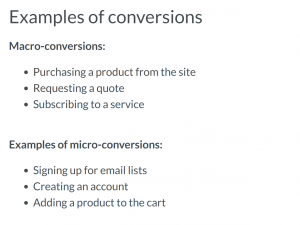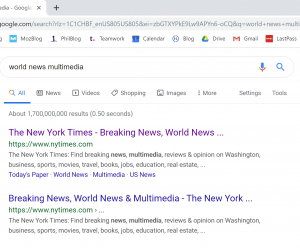I know, it’s an investment. Making high-quality video content requires expensive gear and loads of time both in front of the camera and editing. You need scripts and producers and lighting and a boom guy. Your lawyers are lawyers, not actors.
Here’s the thing, you don’t need all of that. Sure, you need a camera and a microphone, and someone who knows how to edit videos, but there has never been a better time to be producing video content.
Improved Data
With Google’s recent announcement that videos will appear in searches and webmasters will be provided comprehensive data on the performance of the video, producing tailored content is simple, or at least as simple as any other form of digital marketing. With improved access to data, adapting your campaigns will be a sharp learning curve.
Video Reach Campaigns
While you definitely shouldn’t have third-party embedded videos on your website (it can significantly slow down site speeds by full seconds), you should consider video advertising or posting regular informational blogs on a company Youtube channel. With Youtube’s updated video reach campaigns managing multiple campaigns is easy and cost-effective. If you don’t want to manage video ads, a video channel will help build your online presence.
Editing
Simple videos don’t need complicated edits. As a law firm, you probably don’t want to be producing complicated videos in-house, but simple informative videos are easy to learn to edit. There are multiple free video editing programs that should cover everything you need to do.
What Kind of Content
You’re a law firm, right? You know the law. Explain your practice to your viewers. If you have a legal blog some of your blog posts can be repurposed into more in-depth videos. FAQs can be answered with an actual voice, not just in text. Be creative!
If you don’t feel comfortable expanding into creating video content, you don’t have to. Just know that marketers are prioritizing video advertising just below keyword searches and audience targeting.
If you would like help to understand or designing a video marketing campaign, contact us and we can discuss your options.


